There is no shortage of wilderness areas and public lands in the sunny state of California. The obvious consequence of this is that it can be pretty hard for an outdoor enthusiast to decide where to go next.
Would you like to hike along the magnificent coastline of Point Reyes? Or do the epic granite domes of Yosemite sound like an even better destination?
If you’re a backpacking beginner and you’re looking for an ideal hiking trip in California, I’m here to help you out. I’m fully aware of the fact that all backpacking beginners not only want to immerse themselves in the wilderness but also enjoy unforgettable vistas.
Therefore, I’ve put together a list of the seven best trekking trails in California that are – for one reason or another – well-suited for backpacking beginners and which include spectacular sights and views.
How Do I Choose an Appropriate Trail For Me?
While it’s true that all people enter the world of backpacking with completely different fitness levels and skillsets, I’ve compiled a list of trails with an average hiking beginner in mind. All of these trails fit the following criteria:
- You’ll be getting a lot of “bounce for the ounce”, whether in the form of lush meadows or alpine peaks.
- Each of these adventures follows trails that are well-maintained. Boulder fields and other kinds of tricky terrain are not something you’ll have to worry about.
- Another thing you won’t have to worry about is the extreme elevation gain. Moreover, you’ll be backpacking relatively low mileage for each trip’s length.
However, this kind of activity is never completely safe – if you want to have the best possible time during your backcountry adventure, make sure to prepare yourself accordingly.
1. Trans-Catalina Trail
Photo by Chris Hunkeler via Flickr (CC BY-SA 2.0)
- Elevation gain/loss: 9,600 feet
- Length: 4 – 5 days
- Mileage: 38.5 miles roundtrip
As its name suggests, this wonderful trail crosses Catalina Island, which is one of the most astonishing rocky islands belonging to the state of California. With most of the trail not being sheltered by the sun, this particular trip is an ideal pick for an early-spring hike.
As you’re trekking past mysterious coves and majestic ridges, keep an eye out for the wildlife that roams the island, including bison. And at night, listen to the shore-crashing waves while beach-camping at the secluded Parson’s Landing campground.
What turns the Trans-Catalina Trail into an ideal choice for beginners who aren’t quite ready to give up on the amenities is the fact that this trip blends luxury island life with rugged backpacking. Quite interesting, wouldn’t you say?
Why is it Suitable for Beginners?
While the trail itself requires a bit of effort to be completed, the fact that it’s close to civilization turns it into a fantastic choice for the rookies. This is particularly true for those who have a high fitness level.
You’ll never be too far away from a town and you’ll even be able to purchase a fire starter, a bundle of firewood, and a water-stocked locker at one of the campsites, namely the aforementioned Parson’s Landing.
Another thing worth mentioning here is that the rangers can be found at most campsites, as well as that you’ll be passing multiple restaurants along the way. In my opinion, the best of them is at Airport-in-the-Sky and its name is DC-3 Grill. Buying food in places such as these is a great way to cut down on your backpack weight.
While the Trans-Catalina Trail can be somewhat steep, most of the trekking takes place on fire roads. In other words, you won’t have to deal with rough, uneven paths. The section that leads to Parson’s Landing is considered to be the most strenuous one.
If you’d like to make this journey as easy as possible, I would recommend setting up a basecamp at the campsite at Two Harbors and then just day-hiking to the aforementioned Parson’s Landing without carrying all of your stuff.
Permits & Logistics
Catalina campsites fill up quite quickly, so it’s extremely important to book everything in advance. During the weekends, there is a 2-night minimum at all campgrounds. However, you can easily waive this requirement by giving a call to the visitor center at Two Harbors.
You can obtain your free permit to walk this trail at the same place. Another place to get it would be in the town of Avalon, more precisely in the town’s Conservancy House. But even if you don’t pick up this free permit, you will still be able to hike the Trans-Catalina Trail as long as you have your camping reservation.
The fact that you’ll need to get to this island (and return from it) by ferry is probably the most unique aspect of this adventure. I recommend taking the San Pedro – Avalon ferry ride when going to the island and the Two Harbors – San Pedro ferry ride when returning from it.
2. Half Dome, Yosemite
- Elevation gain/loss: 5,300 feet
- Length: 3 days
- Mileage: 16 miles out-and-back
Almost every person who has ever seen photos of the world-famous Yosemite National Park has also seen the magnificent Half Dome, a massive, curved monolith that’s located in the middle of the park.
While mountaineers congregate at the monolith’s vertical face, Half Dome’s rounded back is a great spot for day hikers. This is because it has a set of cables that allows backpackers to (relatively) easily get to the summit of this massive rock.
A lot of enthusiastic trekkers try to complete this adventure in a single day. However, in my opinion, a much more enjoyable way to tackle Half Dome as a backpacker would be to embark on an overnight journey and turn the whole thing into a sort of communal camping experience. Once you climb up to the top, you can get back to the camp and chill by the gorgeous Merced River.
Why is it Suitable for Beginners?
Even though this exciting hiking trip feels like a genuine adventure, it is still one where you’ll be able to keep the daily mileage low. This is because it can be broken into a 3-day excursion, which is something I would definitely recommend doing if you’re a backpacking beginner.
It’s a classic itinerary that takes folks past world-famous Yosemite spots, such as Nevada Falls and Vernal Falls. On the second day of your journey, you’ll be able to leave the backpack behind and climb the cables mentioned above while carrying only your daypack. If you don’t have one, one of our top backpacks for the Camino will also serve you well in California.
One thing worth mentioning here is that those who decide to spend the night at the Little Yosemite Valley Camp can get up earlier and reach the summit before the crowds do.
A lot of hiking trails in this national park require hikers to carry bear canisters in order to protect their food. However, the campground I mentioned above – Little Yosemite Valley Park – will allow you to store your food in their own bear boxes. This completely removes the need to carry a heavy bear canister during your entire trekking adventure.
Permits & Logistics
Unfortunately, Half Dome permits are all but easy to obtain. Therefore, maybe the best course of action for you would be to simply join a guided group hike. But if you still want to secure a permit for an unguided trip, you can totally do so – you only have to visit the website of the National Park Service and submit your application there.
Make sure to make a reservation as soon as you can. This is, after all, an incredibly popular hike. You will need to secure both a Half Dome permit (which costs $10 per one person) and a regular wilderness permit.
Another way to go about this would be to try to secure a “first-come, first-served” permit one day before your hike. Those who decide to approach the matter in this manner should definitely come up with a backup plan first, though. Keep in mind that the staff of the national park can always recommend you other hiking trails available on that day.
3. Point Reyes Coast Loop
- Elevation gain/loss: Varies
- Length: 2 – 3 days
- Mileage: 4 – 22 miles
One of the world’s most beautiful trekking destinations, the coastline of Central California provides outdoor enthusiasts with coastal bluffs, rolling meadows, and sandy beaches.
In Point Reyes National Seashore, trekkers traverse prolific forests and have plenty of opportunities to enjoy unforgettable vistas, particularly the ones offering views of the marvelous Pacific Ocean.
During your hike, you will also be able to spot a lot of regional wildlife, including shorebirds, elks, and elephant seals, among other animals. What makes the entire experience truly special is this very specific mix of misty hills and sunny beaches – it doesn’t get much more Californian than that.
One thing worth mentioning here is that a lot of folks like hiking the Bear Valley to Coast Camp Loop, but this particular trail is often closed due to frequent wildfires. While it’s still possible to access a lot of other Point Reyes campgrounds, such as Wildcat, Glen, and Coast, engaging in a loop hike is certainly a bit more challenging. You will need really good hiking shoes.
Why is it Suitable for Beginners?
One of the best things about Point Reyes is that it’s quite close to San Francisco. In other words, this hiking spot can be quickly and effortlessly reached from a major metropolitan area.
Furthermore, the trail system of the Point Reyes National Seashore park allows everyone to easily create a short or long itinerary. Also, the area’s elevation profiles are quite mellow, particularly when compared to mountainous regions (the Yosemite National Park from above is a good example).
For the Point Reyes Coast Loop trail, you’ll only have to pack a backup purification system – each of the campgrounds has potable water. Another thing worth mentioning is that all trekkers also have access to food storage boxes, barbecues, and picnic tables.
Permits & Logistics
Spending a night at one of Point Reyes’ campgrounds costs around $20 per person and everything can be reserved in advance. Make sure to pay a visit to the Bear Valley Visitor Center if you’re planning a last-minute trip – there, you’ll be able to see if there are any available walk-up sites. If you plan on camping, and not just backpacking, check out our wild camping checklist.
But still, I think that the best course of action would be to simply make the reservations in advance. This is particularly important if you’re planning to hike during holidays or during the weekend.
4. Tuolumne Meadows Area, Yosemite
- Elevation gain/loss: 1,300 feet
- Length: 3 – 4 days
- Mileage: 20 miles roundtrip
The things that define Yosemite’s majestic Tuolomne area are pinnacle spires, dome-shaped mountains, and, of course, expansive green meadows. In the Grand Canon of Tuolomne, backcountry enthusiasts are able to see water flowing freely over the slabs of granite, creating spectacular cascades.
The best way to experience this area is to start the hike in Curry Village and then follow the Tuolomne River as flows through the gorgeous meadows until it reaches the spectacular Grand Canyon of the Tuolumne.
Make sure to check out the waterfalls in the region, namely the California Falls, Le Conte Falls, and the Waterwheel Falls. As their name suggests, the Waterwheel Falls are named so due to the “waterwheel” phenomenon, i.e. the water being ejected into the air while hitting the rocks.
While both the Half-Dome trip I described above and this particular multi-day journey both take place in Yosemite, each of them offers a completely different experience. Those wishing to see a not-so-crowded side of this national park should definitely opt for the high country.
Why is it Suitable for Beginners?
When compared to the Yosemite Valley, the Tuolumne Meadows area isn’t as crowded and features relatively flat-relief landscapes combined with high-elevation trailheads. The views are breathtaking and there’s plenty of water.
Furthermore, the wildlife of the Tuolumne Meadows region isn’t as accustomed to people. While this makes taking photos of animals a bit more challenging, it also means that you won’t have to worry about hungry bears creeping into the camp.
The campground that is situated next to this route (and in which you’ll probably spend a night or two) has solar-powered outhouses and treated water. In other words, full backcountry comfort! There are also bear boxes here, which is something that can’t be said for every campsite in the Yosemite National Park. This removes the need to carry inconvenient and heavy bear canisters.
Permits & Logistics
Those who wish to spend a night or two in the Yosemite National Park need to obtain a permit for doing so. Reserving one in advance is always recommended.
However, it is worth mentioning that visiting the ranger station right before your journey brings the ability to obtain a first-come-first-served permit – if you get there in the morning and before everybody else does, that is. Do not expect to obtain a last-minute permit if you’re trekking during the holidays or weekends.
5. Mammoth Crest
- Elevation gain/loss: 2,000 feet
- Length: 3 days
- Mileage: 24 miles out-and-back
Do you want to get away from the Yosemite crowds? If so, heading over to the Eastern Sierras is one of your best options. This particular mountain range, which comprises the eastern side of the Sierra Nevada, is home to El Cap and Half Dome, but it definitely has a lot more to offer.
Embarking on a 3-day Mammoth Crest trekking journey is an amazing way to immerse yourself in this stunning region and experience its wonders – like the granite peaks – in the best way possible.
There is something amazing to see at every turn – from sparkling blue alpine lakes to eye-catching streams that will make you stop in wonder. Throughout this entire voyage, you’ll be getting beautiful panoramic views of the Mammoth Lakes Basin, Minaret Range, and the rest of the Sierras.
Why is it Suitable for Beginners?
While it’s true that rough mountain terrain can be quite difficult for those who don’t have much experience in backpacking, I think that tackling this trip over the span of three days is more than manageable.
Once the camp is set up, you’ll be able to get rid of your gear until it’s time to move out. On the second day, you’ll be day-hiking from the camp with a daypack in order to explore the surrounding region. In other words, the time trekking with a huge pack on your back is minimal.
And finally, even though this particular trail is difficult, you can be sure that the views are going to distract you the whole time. Make sure to prepare a nutritious and filling meal for your adventure. Check out our day hike meal ideas as well as our pick for the best backpacking stove.
Permits & Logistics
Those wishing to engage in overnight trips in the Sierra National Forest cannot do so without a permit, which becomes available for obtaining half a year before the date of the hike.
Another item all trekkers are required to have is an approved bear canister, which you’ll be using for your provisions and all scented objects.
6. Lassen Volcanic Cinder Cone Loop
- Elevation gain/loss: 4,000 feet
- Length: 4 days
- Mileage: 24-mile loop
So, you’re ready for your very first hiking adventure in California. You bought all the necessary gear and you can’t wait to explore the backcountry. But something just doesn’t feel quite right – you’d really like to see the wild and only the wild, i.e you don’t want to bump into other trekkers every few miles along the way.
If this is the case, the Lassen Volcanic National Park, which is located in the northern part of the Sierra Nevada Range, is one of your best options. This mountainous wonderland is a phenomenal destination for all those interested in seeing remnants of past volcanic activity.
What is more, there is an ongoing geothermal activity in this area, and there are also far fewer people in it than in Yosemite park – it’s a great choice for the backpacking beginners who want to stay away from the crowds.
Why is it Suitable for Beginners?
The fact that you’re a complete rookie in the world of backpacking doesn’t mean that you have to walk a trail that is riddled with other outdoor enthusiasts. The Lassen Volcanic National Park provides hikers – whether they’re experienced or not – with breathtaking scenery, mild elevation gain, and excellent trekking trails.
Another thing that turns this trip into a terrific choice for the backpacking amateurs is the short daily mileage. You’ll have more than enough time to read books under the shadows of ancient volcanoes, take dips in the area’s magnificent lakes, or just relax wherever and whenever you want to.
Permits & Logistics
Those who decide to walk this trail unguided will be pleased to know that this park’s free permit system is exceptionally easy to navigate. All that one has to do is to pay a visit to a self-registration station, fill out an overnight permit, and then just follow the usual leave-no-trace principles.
And while it’s great that you won’t have to make reservations in advance for this adventure, one not-so-great thing is that you will have to get an approved bear canister and store all of your provisions in it.
7. Redwoods National & State Parks
- Elevation gain/loss: Minimal
- Length: 2 – 3 days
- Mileage: Around 7 miles out-and-back
Due to the fact that they’re easily accessed, the trekking campsites of the Redwood National Park are among the best in the entire country.
Even though it’s true that one’s options are quite limited when it comes to multi-day hikes, forming an ideal backpacking adventure by linking several trails together is entirely possible.
Here, you’ll be able to explore meandering riverways, coastal bluffs, and towering redwood forests. One thing is certain – sleeping under these massive trees is guaranteed to make you think about how small we – the humans – are when compared to some of the planet’s oldest species.
Why is it Suitable for Beginners?
A lot of campsites, such as the Elam Backcountry Camp or DeMartin Backcountry Camp, are just a few miles away from the highway. You will not, however, have to worry about the noise – the gigantic trees effortlessly block the noise of the traffic.
This park’s service provides outdoor enthusiasts with informative brochures that let them know what they can expect in the area. Most campgrounds are equipped with picnic tables, fire pits, and food storage lockers.
Permits & Logistics
Before starting the hike in the RNSP, you will have to obtain a free backcountry permit. As you can already guess, these are given by the Park Service.
However, there’s a big difference between RNSP and other national parks when it comes to campsite reservations – here, you will not be able to reserve your spot months in advance. You can only do so during the reservation period which starts two weeks before your hike and ends two days before it.

I love hiking, backpacking, and camping. From the Camino de Santiago to the West Highland Way in Scotland or simply a great day hike on the weekend. Hiking refreshes me, my mind, and keeps my body reasonably fit. So far I have walked three Camino routes and many other long distance hikes in the UK, Canada, and around the rest of Europe. One of the best was my hike up Ben Nevis.

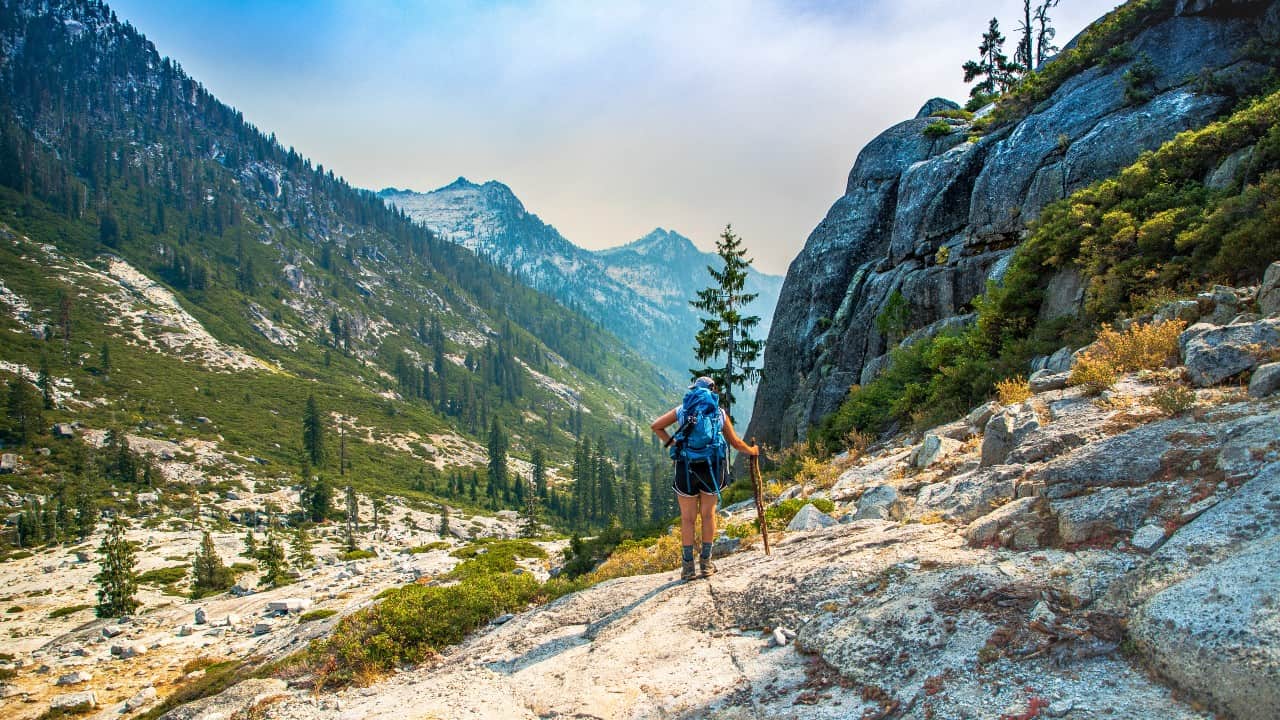
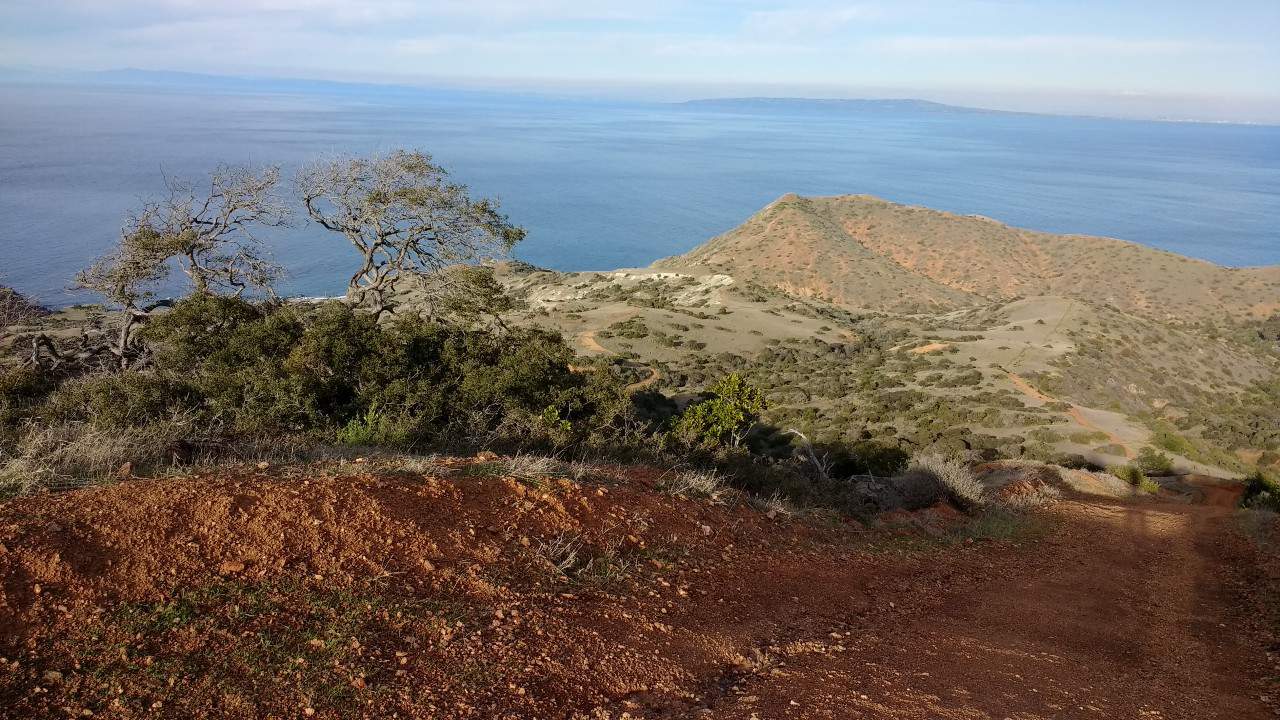
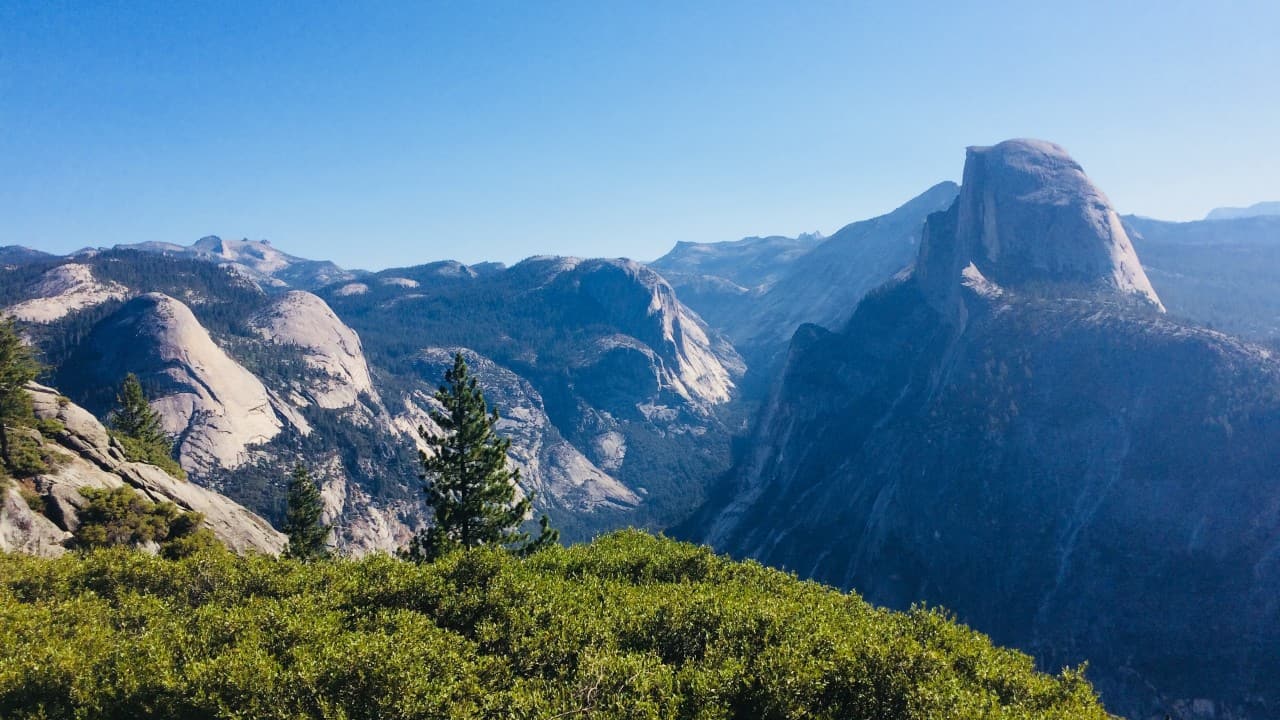
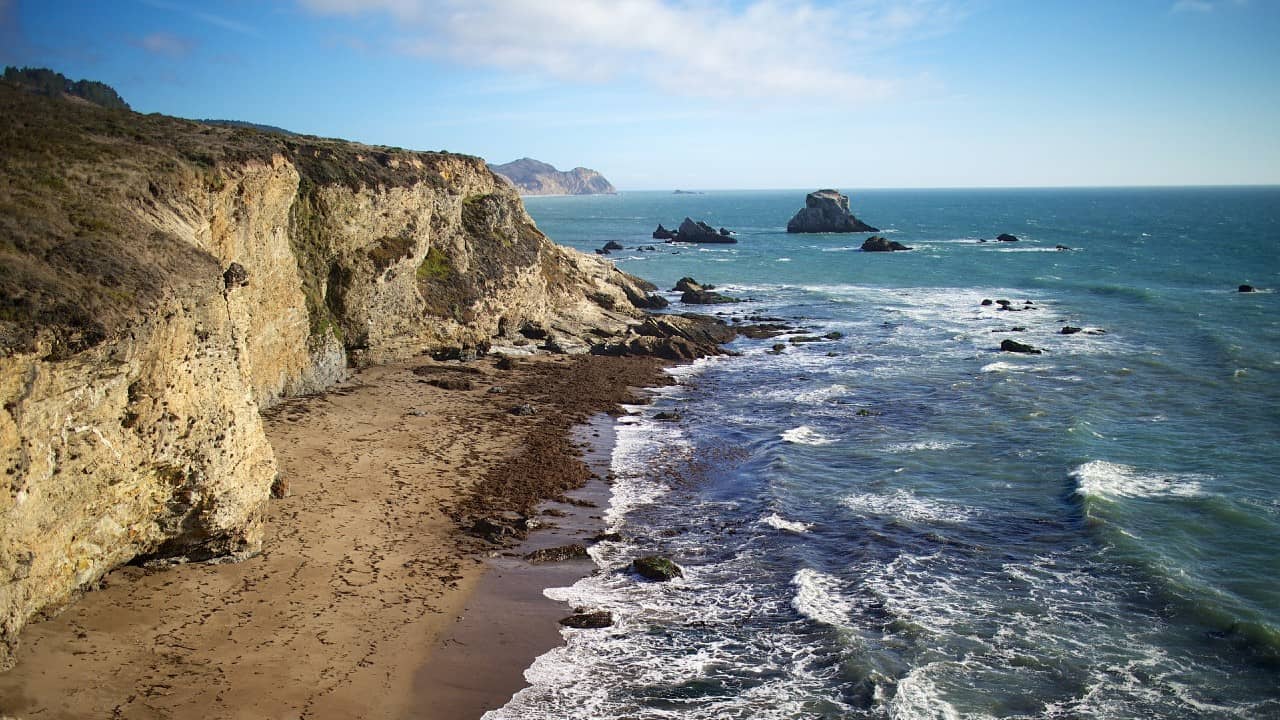
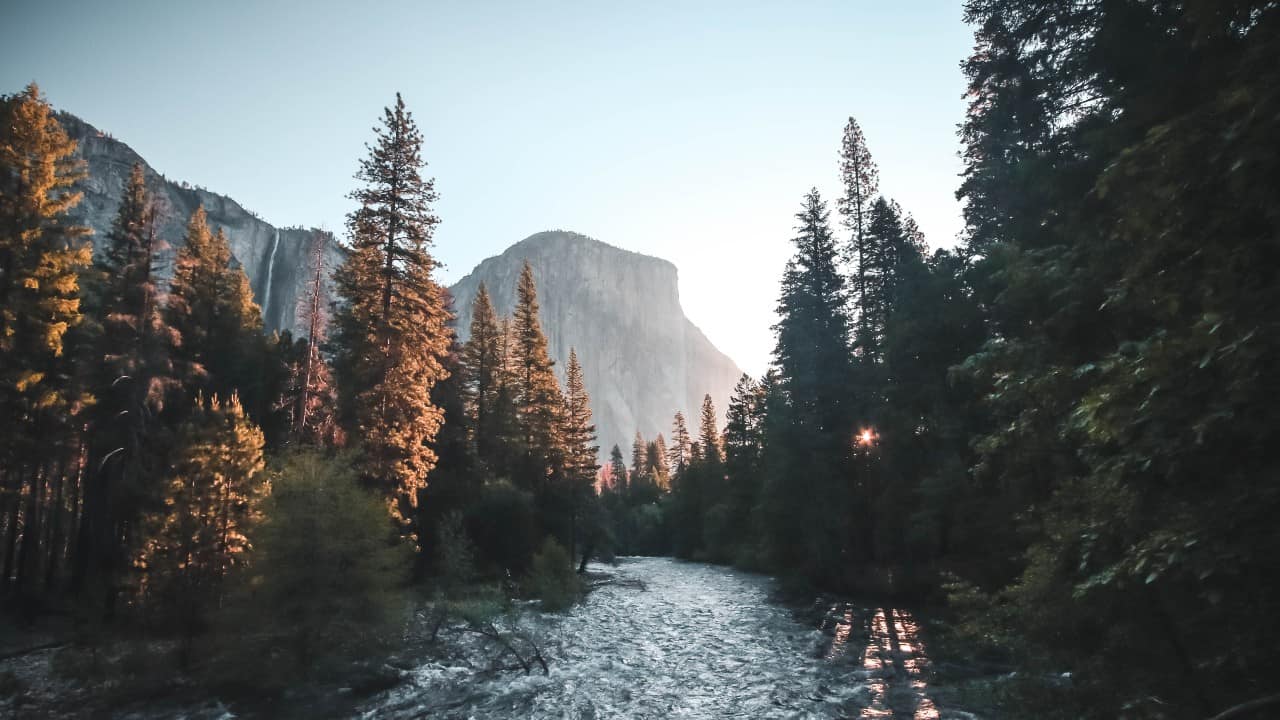
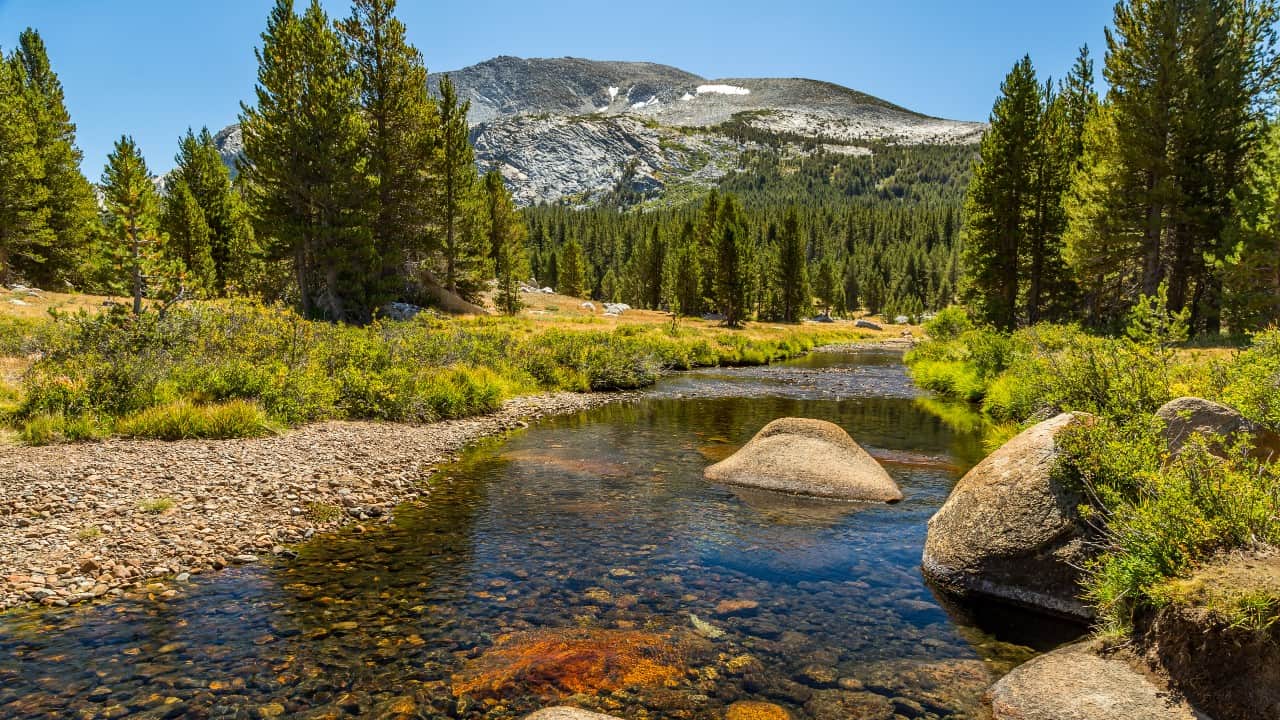
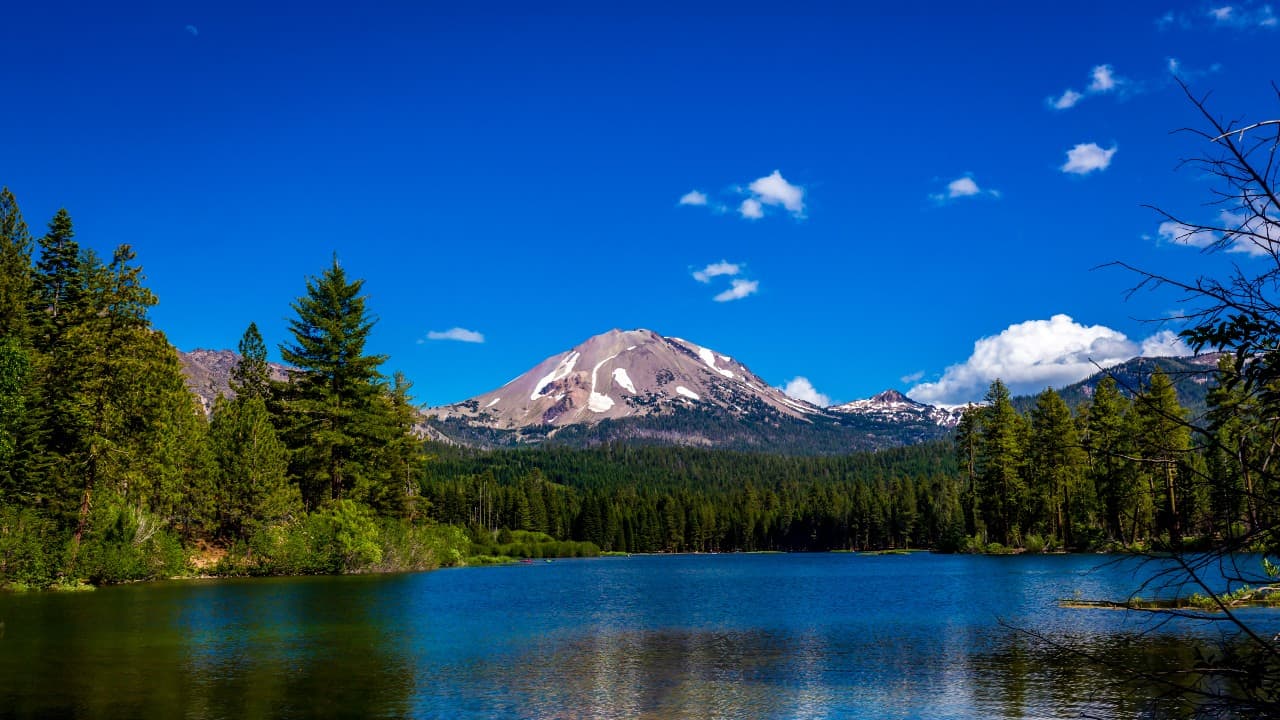
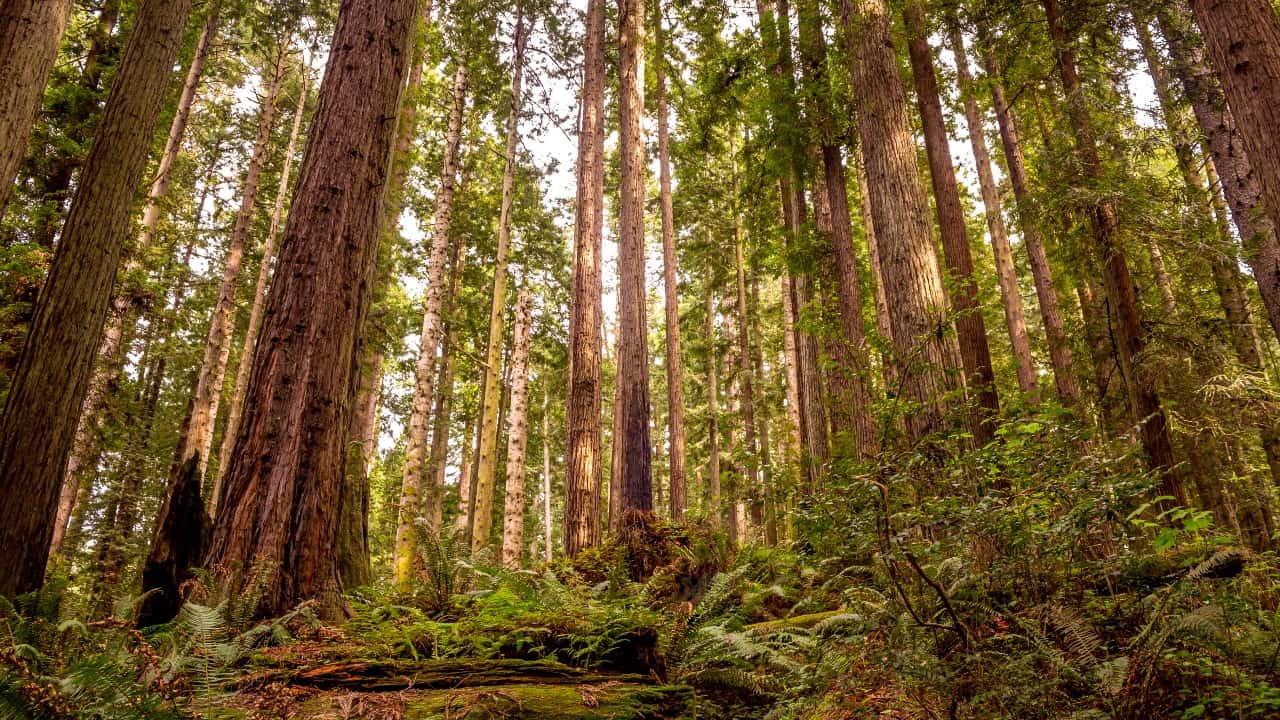
This was a wonderful review of trails for beginners. This brings back memories of me starting my backpacking adventures. Please keep bring new adventures from around the US and the world.
Thank You, Tom Monroe